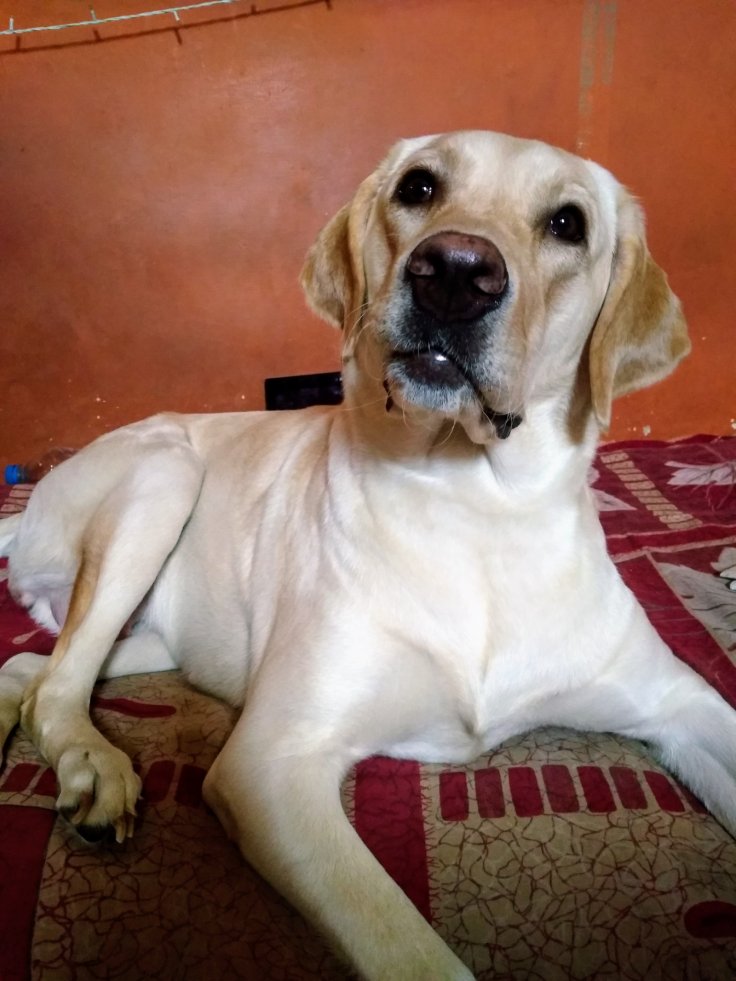
Two-way conversations have been widely considered a uniquely human trait. But now, a new study conducted by researchers from the UK and Germany has found that two-way communication is very common across the animal kingdom.
The new study report found that animals also take turns while getting engaged in a conversation. In the case of songbirds, they wait 50 milliseconds to reply, when compared to the 200 milliseconds waiting time for humans.
The study also found that birds and animals used to follow certain social codes during conversations. For example, black-capped chickadees and European starlings intentionally try to avoid overlapping while talking. In case, if overlapping happens between these creatures, individuals become silent and flies away and this indicates that overlapping is the violation of socially accepted rules of turn-taking.
The study published in the Royal Society B: Biological Sciences journal also revealed that animals also use Lombard Reflex. In humans, Lombard reflex is the adaptative measure of increasing volume, pitch and speed in order to be heard better during background nuisance. In the same manner, animals also used to modulate their voice to make sure that they are being heard better.
Another company called Zoolingua is working on plans to use artificial intelligence to interpret the thoughts of pet animals, especially dogs. The company aims to analyze dog's vocalizations, facial expressions and actions to know what the dog is trying to say to its owner. However, Slobodchikoff, the founder of Zoolingua is still unsure whether his company can predict completely about the things which the dog wants to communicate.
"We don't have any evidence that dogs are communicating or thinking about their plans, hopes, last night's dreams or fantasies. This is not to say they don't have plans, hopes, dreams and fantasies: I expect they do... We don't have behavioural evidence, and you couldn't find it in a scan of the brain. For now, we just don't know," said Slobodchikoff, The Inquistr reports.









